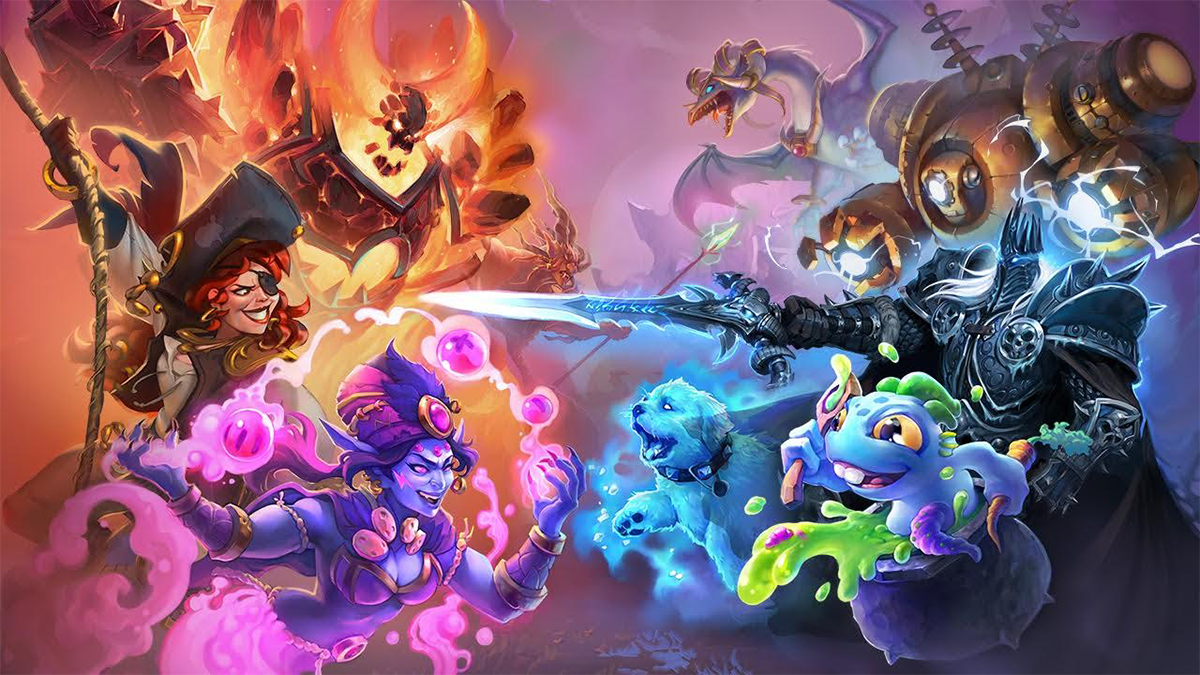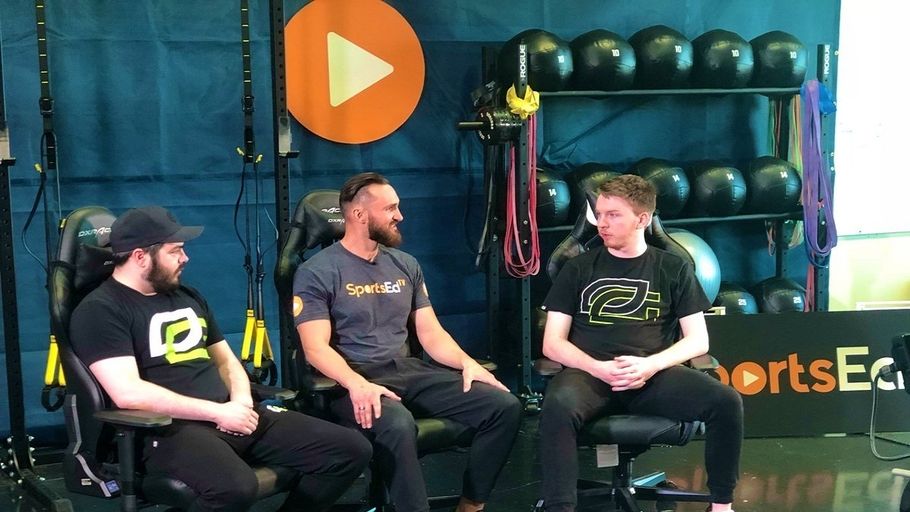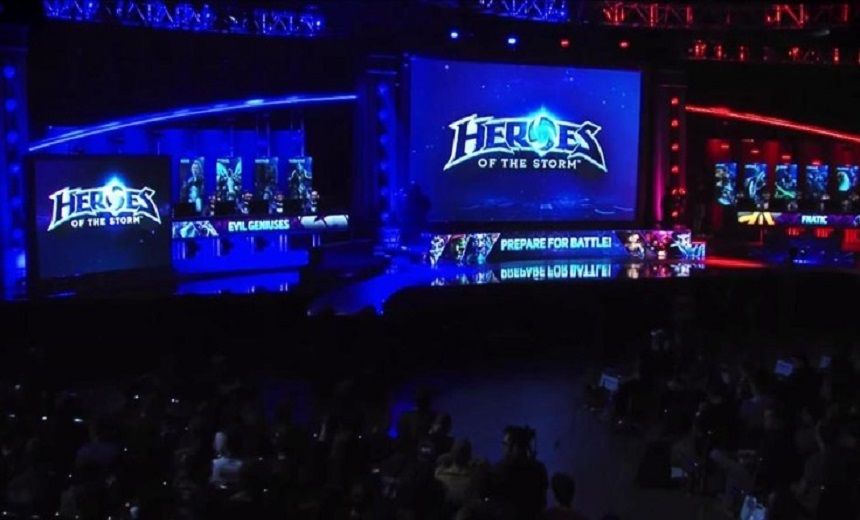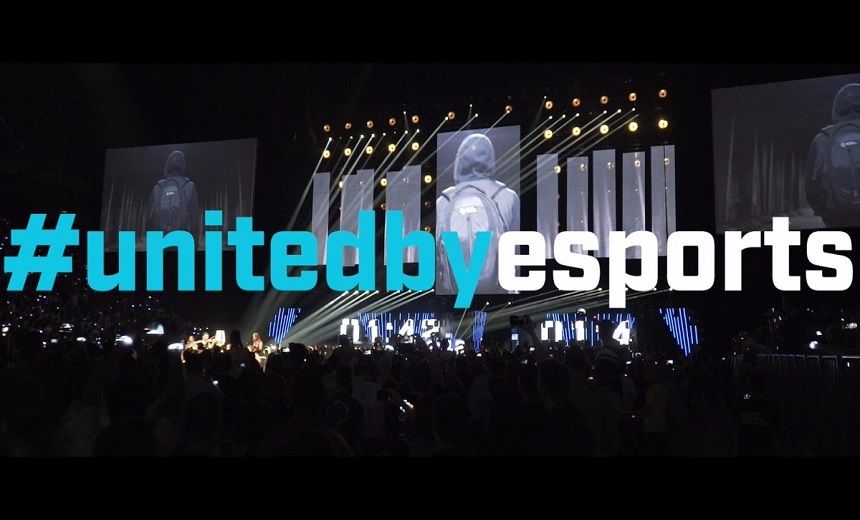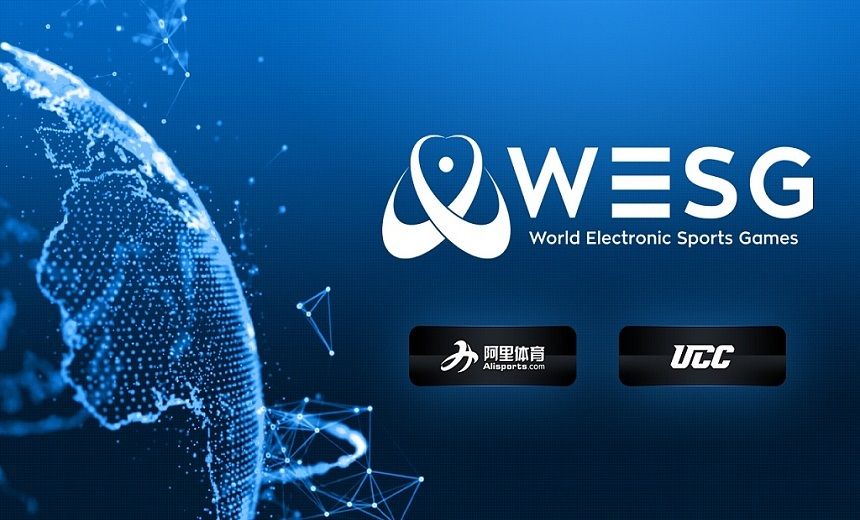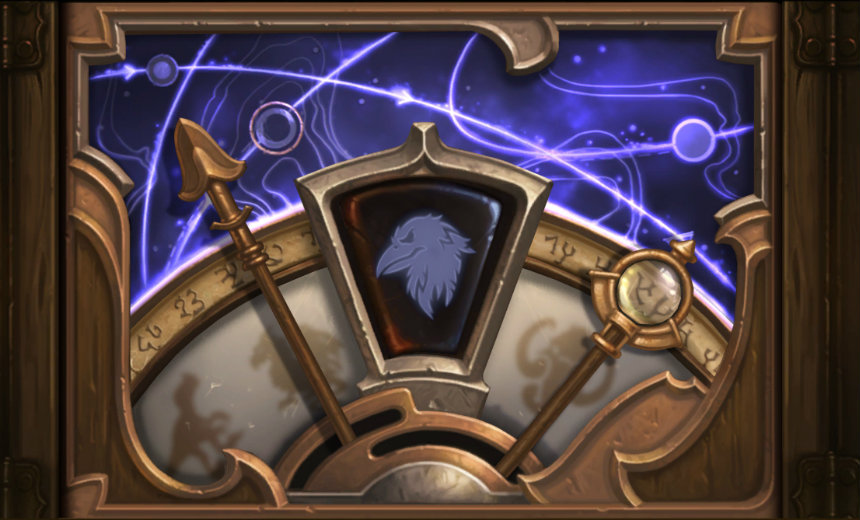
The witchwood season is coming to an end, and we are getting card reveals for the next expansion, “The Boomsday Project”. Now as we wait for them, it would be as good a time as any to look back on the rather chaotic period.
It is has been a rather tumultuous time, being the first where we saw a major delivery of nerfs after the first expansion of the year. This brings all the more need for an overall look at standard and how it is set up. As someone that has done extensive analyses on standard there is one overarching conclusion I am ready to make:
Standard cannot balance the meta
When standard was presented, it was done so as the end-all tool for balance. There would be one big balance patch for the standard set in the start of each year and from there Standard would be what assured the deck variety in Hearthstone.
This has proven to be woefully insufficient. Without fail Blizzard have issued nerfs following every expansion since "One Night in Karazhan". Something that should not really occur with rotating sets. It is an indicator of conflicting promises.
Even if it was the plan to stick with occasional balance patches, so much potential from them is lost because they are still treated as a rarity. Something abnormal. There is no schedule or pattern on when they will occur. Only thing consistent is that they happen.
This leaves the community largely in the dark about when to expect balance changes when the meta becomes too stale. It validates balance complaints all year long, because noone ultimately have any idea when to expect changes.
When balance changes comes with a defined schedule, it becomes meaningless to complain outside of the intervals where balance changes are set to occur, and promotes players exploring the meta on their own, rather than to expect Blizzard to fix the meta when it gets too stale. To be more open about balance changes would make it more clear how they supplement Standard. Instead, we are left waiting for them, whenever standard fails to bring sufficient variety.
In order to understand why Standard fails to be the prime tool for the meta, we need to look at the problems with the current standard setup.
There is (still) too much Courage in the end of year expansions
One of the biggest problems right now is how different expansions are treated.
There is still a shift in courage from the expansion set at the start of the year and the ones to be found later. The cards have bolder designs and are more powerful. For this reason the game is freqently being dictated by the end of year expansions.
This was something I addressed back in 2016 as well but it is much worse now for 2 reasons:
- With every set being a full expansion now, it will always be about 130 cards that receives this treatment. League of Explorers is regarded as an amazing set, because this boost in courage only applied to 45 cards, limiting the impact significantly. The cards were strong, but had to be complimented by existing cards still. Gadgetzan and Kobolds on the other hand are regarded as incredibly imbalanced sets, because 135 cards of this quality are enough to completely overtake the meta, disregarding all the previous sets from their respective years.
- Until 2016 the World Championship would occur during Blizzcon, leaving the final set of the year outside the HCT season. This made even the titular Gadgetzan expansion’s impact in 2017 somewhat acceptable, as the decks it introduced were yet to be featured in a World Championship. This is NOT the case with Kobolds and Catacombs. Only a month after it’s release it’s decks were dominating the World Champion Finals.
When the HCT finals moved till the end of the standard year, it became all the more pivotal that this difference between sets stopped. But it didn’t. Instead Tempo Rogue and Cubelock reigned supreme at the World Championship, downplaying most of the impact from the sets that came before it.
This courage shift means that standard meta almost always feels to be significantly behind the set schedule. Just take a look at this Metasnapshot from September 2017 for example.
Pirates, Highlander and Jade Druid. This was 8 Months and 2 sets after Gadgetzan released.
Before the recent nerfs we saw the same. Call to Arms Paladin. Cubelock and Spiteful Druid. All decks, whose origins largely came from Kobolds and Catacombs. Had Blizzard not pushed for nerfs so early, these decks would likely still be on the top of the meta.
The nerfs replaced current Kobolds decks with other Kobolds decks
Even now decks like Malygos combo druid and healing zoo are mostly enabled by Kobolds and Catacombs or Knights of the Frozen Throne. The meta didn’t change from new card releases or the standard rotation. Instead the nerfs just made these kobolds/frozen throne decks relevant over the previous kobolds/frozen throne decks, cubelock and spiteful Druid.
It doesn’t have to be like this. Secret Paladin is an example of a deck that was T1 at it’s time but fell off completely after the standard rotation, even with [card]Mysterious Challenger[/card] still around. There was no need for nerfs. All thanks to how affected paladins were by the standard rotation.
I would actually wager that this example is one that went too far, as balancing archetypes through starvation leaves the promised 2 years of standard moot. “You can play Secret Paladin till 2018, but you will only have relevant secrets the till start of 2017”. Still, it is a better scenario than what seemed to be the case with Tempo Rogue and Cubelock dominating the world championship in January with neither decks having significant losses during the rotation. Were it not for the various nerfs both of these decks would be in prone position to dominate the meta still, ready for another world championship.
But for the rotation to balance all classes, all classes are required to be affected meaningfully by the standard rotation and that is far from the case. Which brings me to the next topic.
The classic sets are (still) incredibly uneven
Bring Invincible over here, I need to beat on a dead horse.
I have talked about the classic set before, am likely going to do so again and I am hardly the only one having talked about this. But Blizzard needs to understand that the reoccurring issues with Hearthstone originates largely from the imbalance of the classic sets.
To illustrate this point further, I present a history chart of the power for 2 groups of classes. The scale is somewhat arbitrary, but I hope it illustrates the point.
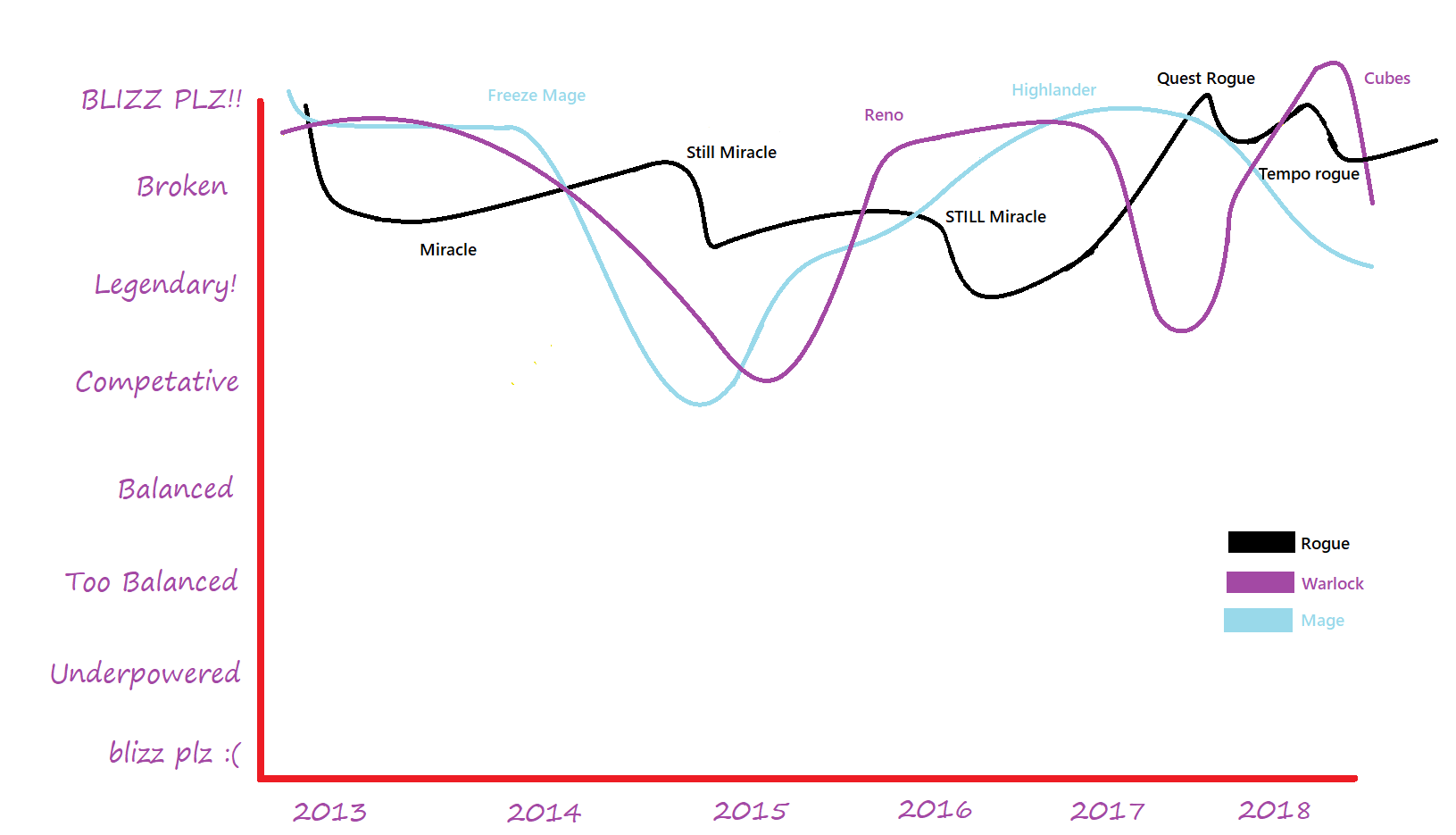
This is the state of “stable classes”. Never too bad, frequently too good. With cards like [card]Backstab[/card], [card]Polymorph[/card] and [card]Hellfire[/card] in the permanent arsenal, there is never a time when these classes truly fall behind. In the opposite end we got the unstable classes.
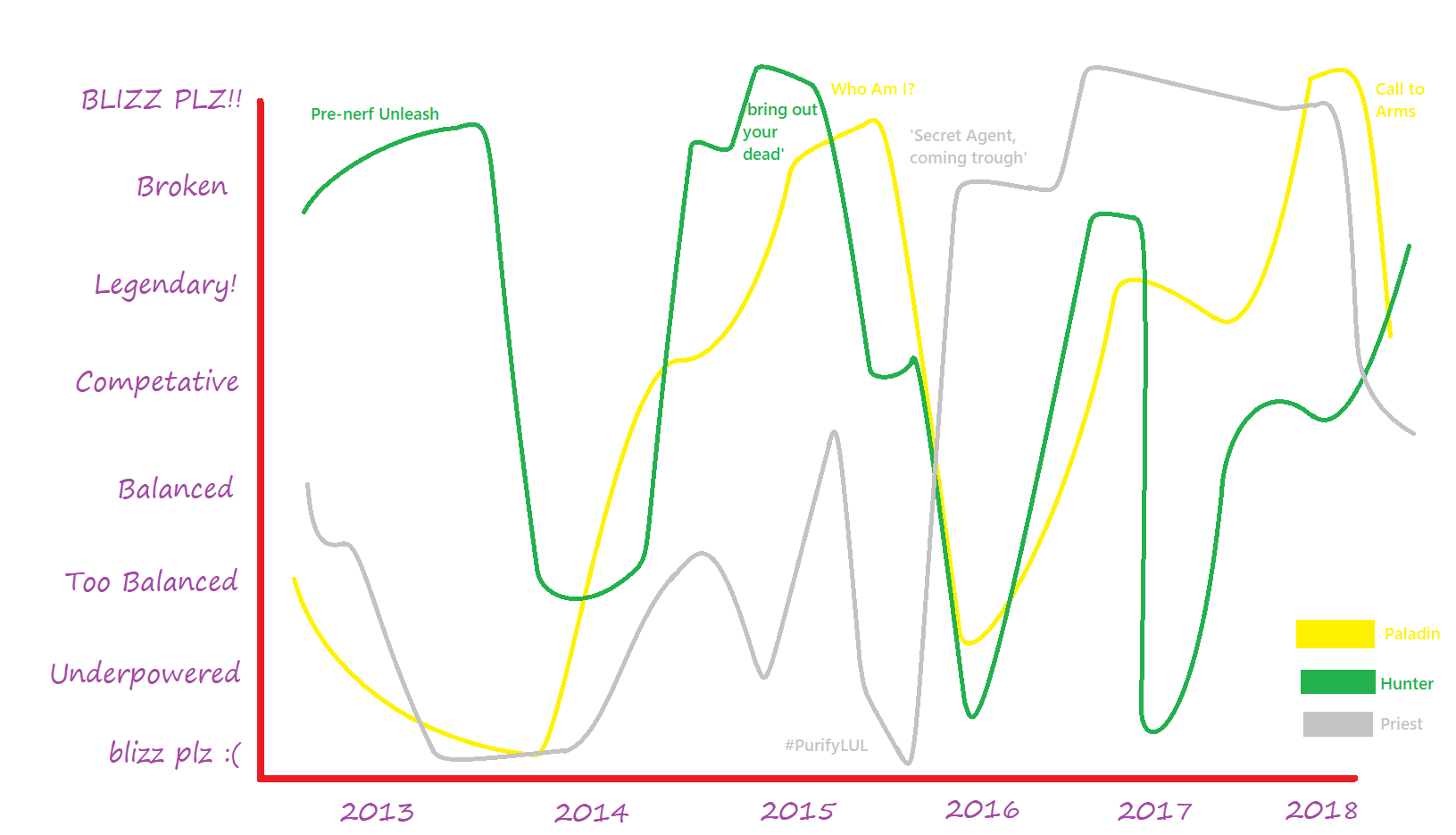
Those classes are brought down by the severe faults in their classic sets. For this reason they will always be swinging in tiers. Their default is in the dumpster tier after which, at some point, they will receive some power support that pushes them to the top, or even beyond that. This will last a while till said cards rotate out or are nerfed and the class falls back.
New releases can change who is currently in the spotlight, but they cannot change who gets to stay in the spotlight.
This is the difference between how classes are affected by the current standard rotation. Both extremes are bad. We shouldn’t have classes whose core set is so solid that they are permanently present at every world championship (Rogue) nor should we have classes who are completely absent for multiple years in a row due to the disfunctionality of their core set (Hunter). It is these cases that puts forth a demand for a complete overhaul of the way the standard core is set up.
The usual argument to preserve the core set is “class identity”. Something I ultimately don’t buy.
Class balance will always triumph over class identity eventually. It is inevitable and the strength of a design team comes down to how fast they can accept this. It is the reason why Warriors couldn’t keep 1 mana execute or 2 mana Fiery War Axe. Because if your identity is to “erase every minion played ever”, then you need to be prepared to lose that identity, once the game designers decide that this game should be about playing minions. And if the identity is to “Be top tier competetive at every world championship” then sooner or later the design team will have to completely dismantle that as well.
It could mean Rogue would be doing something else than just casting cards for 0 mana all day. Hunters could get core set beasts whose costs were not attributed to the old utility of Starving Buzzard. Paladins would have less useless secrets in times when they got no support for them and Priests would have something of actual relevance. Hearthstone would be able to surpass it’s initial design instead of constantly amending on it.


